Bright Bones
In this series, Holmes embraces expansive notions of identity and intimacy. The work speculates on how we shape one another and the places we inhabit through spaces of overlap. Using transparent films of paint, Holmes layers shapes of everyday objects within figures, entangling them with the cups they hold, the drawers they open, and the shoulders they lean on. Each work in the series attends to thresholds of interaction that mark a relationship in flux. Holmes paints the edges between subject matter as active and buzzing. Subjects and objects slip and seep into one another, destabilizing the Self/Other binary for a fluid vision of experience. The series underlines painting as a site for textures of intimacy to spark, wrestle, grow, or diminish within a single moment.
Show Thumbnails
In this series, Holmes embraces expansive notions of identity and intimacy. The work speculates on how we shape one another and the places we inhabit through spaces of overlap. Using transparent films of paint, Holmes layers shapes of everyday objects within figures, entangling them with the cups they hold, the drawers they open, and the shoulders they lean on. Each work in the series attends to thresholds of interaction that mark a relationship in flux. Holmes paints the edges between subject matter as active and buzzing. Subjects and objects slip and seep into one another, destabilizing the Self/Other binary for a fluid vision of experience. The series underlines painting as a site for textures of intimacy to spark, wrestle, grow, or diminish within a single moment.
Show Thumbnails
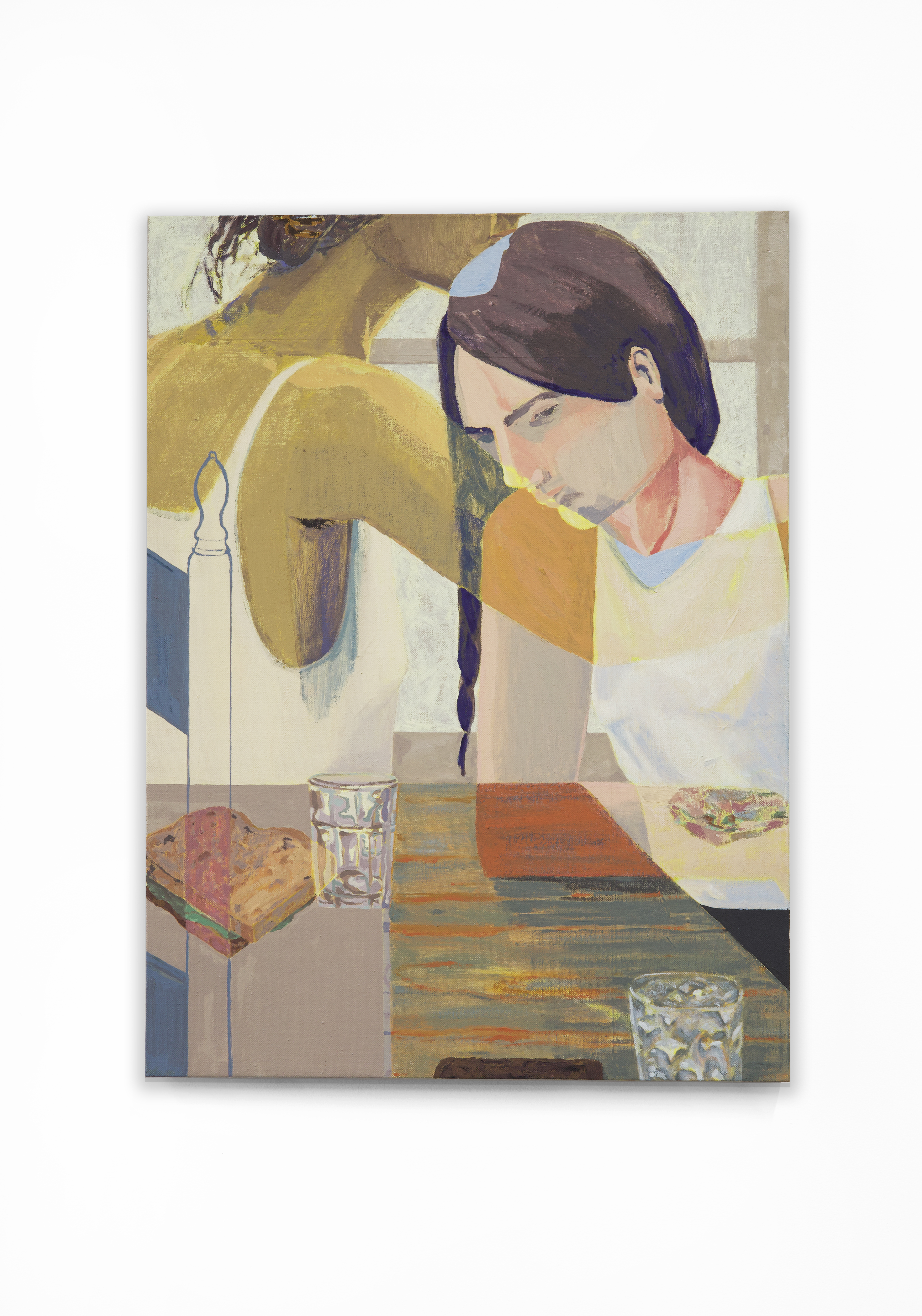






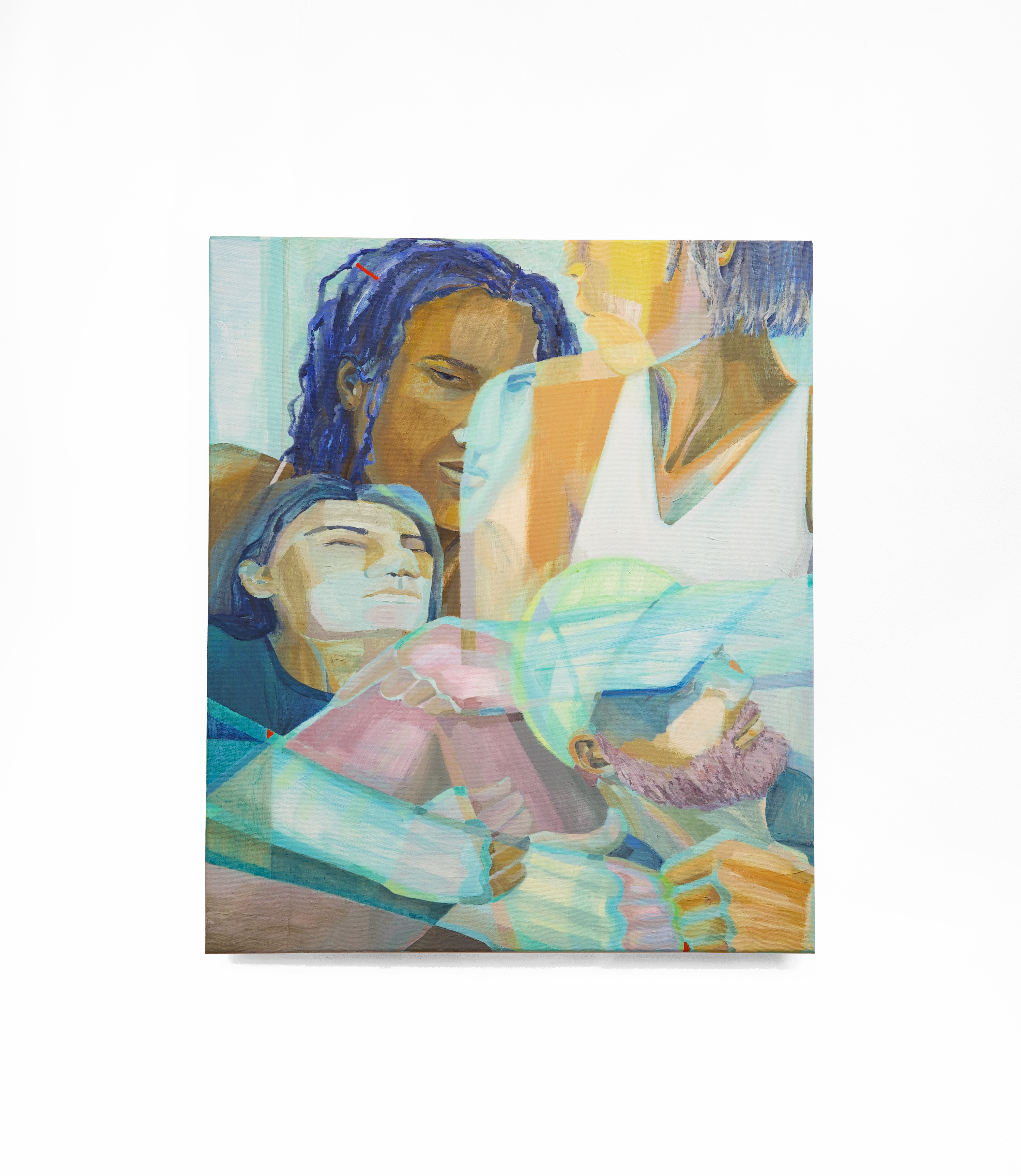

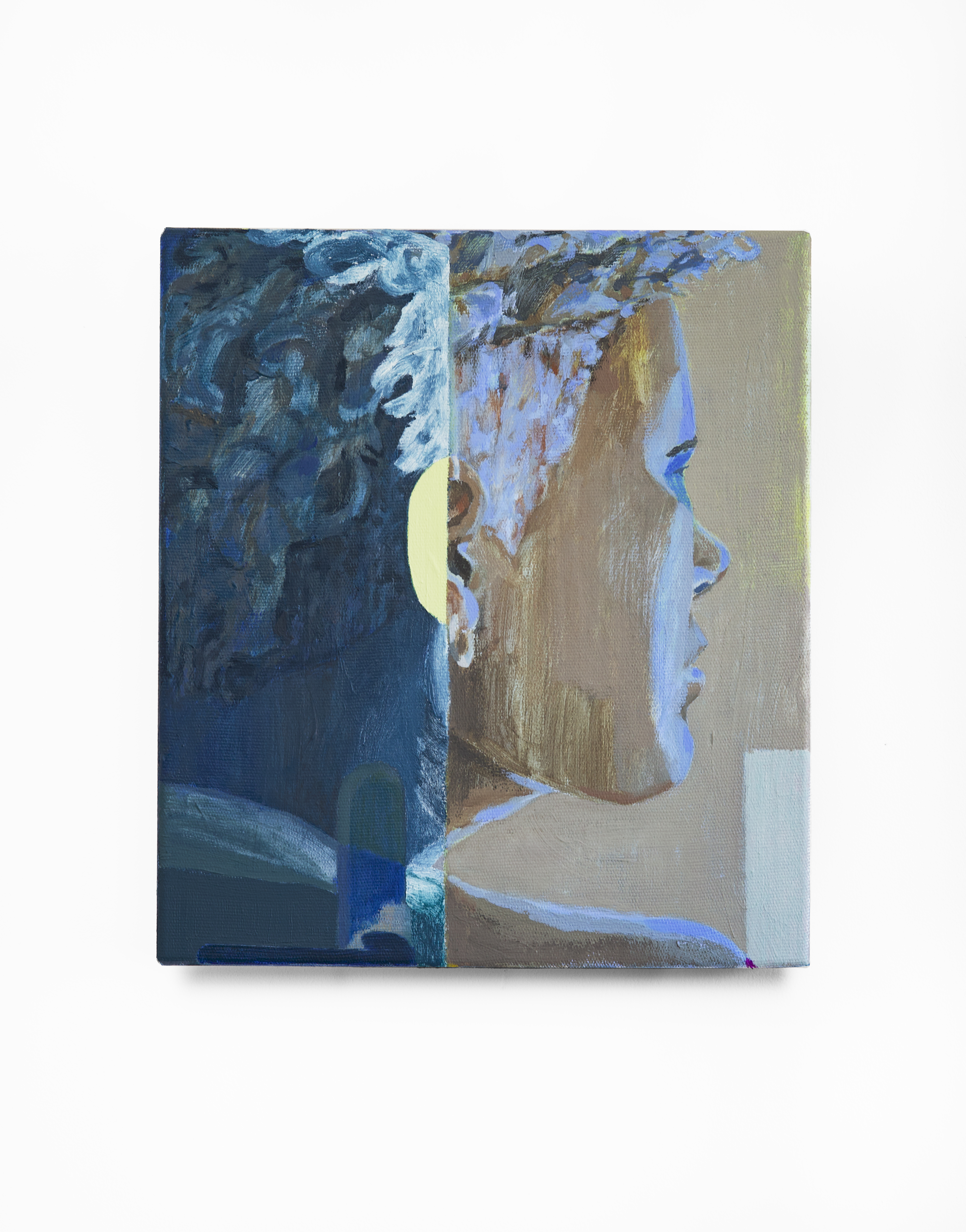
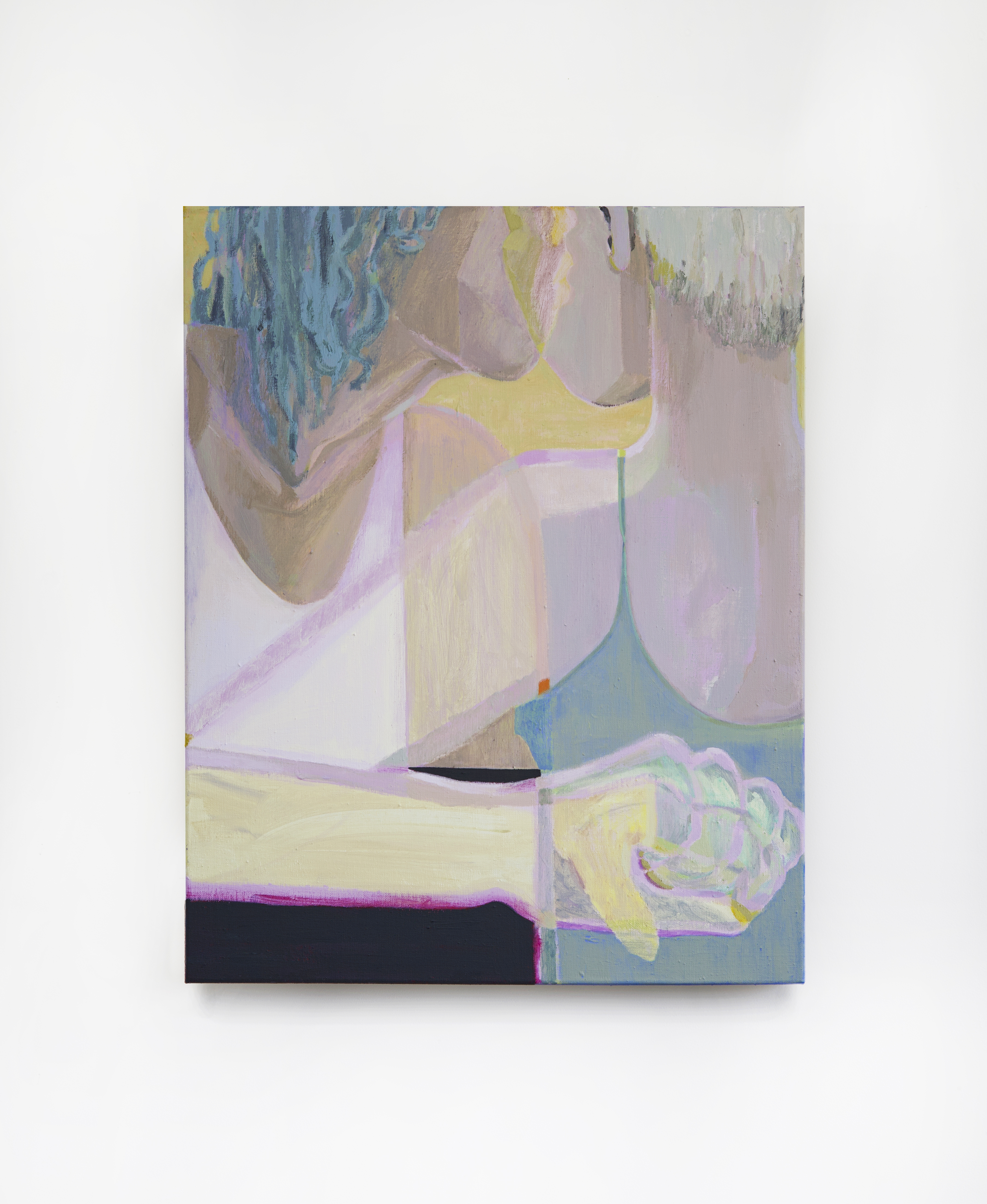
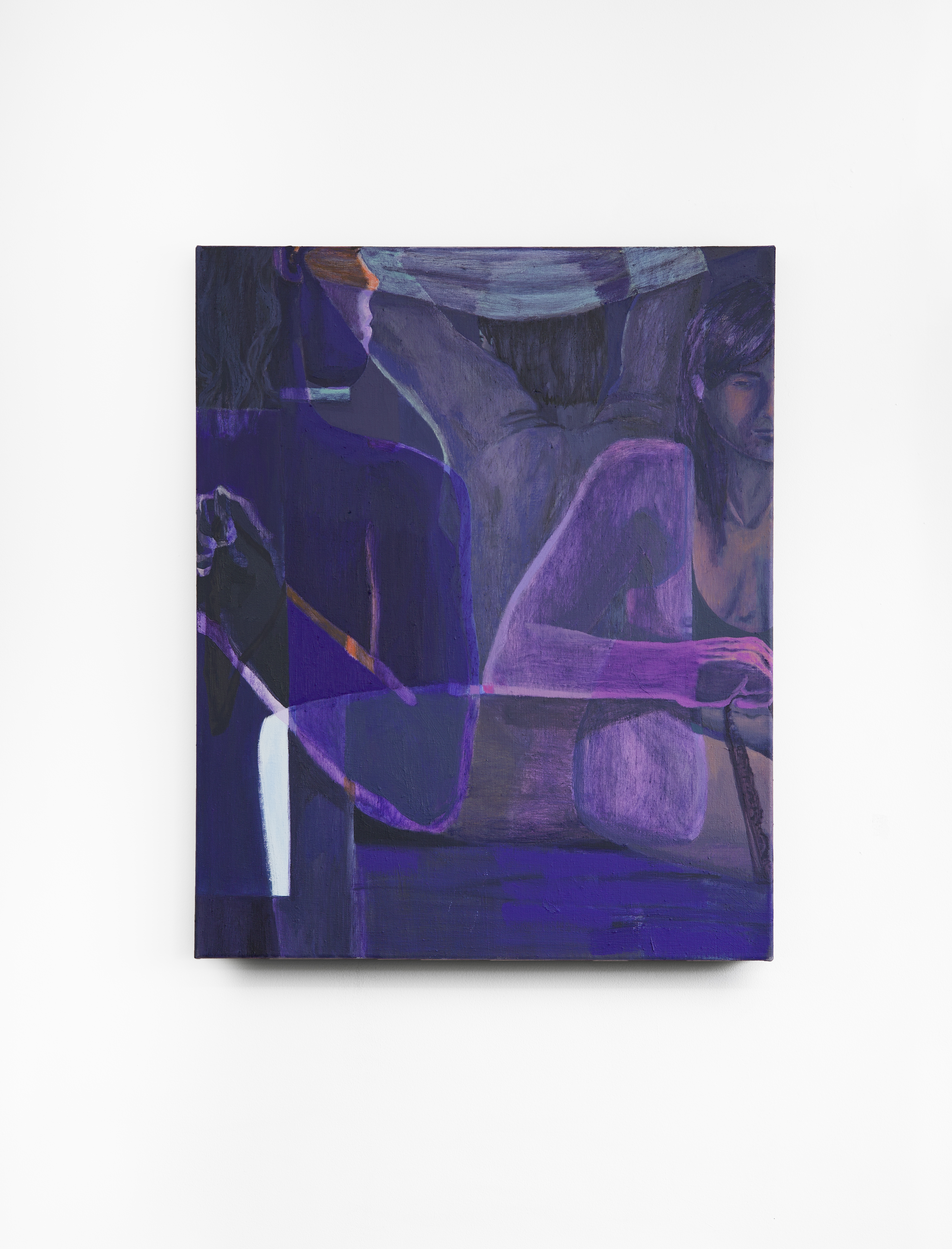

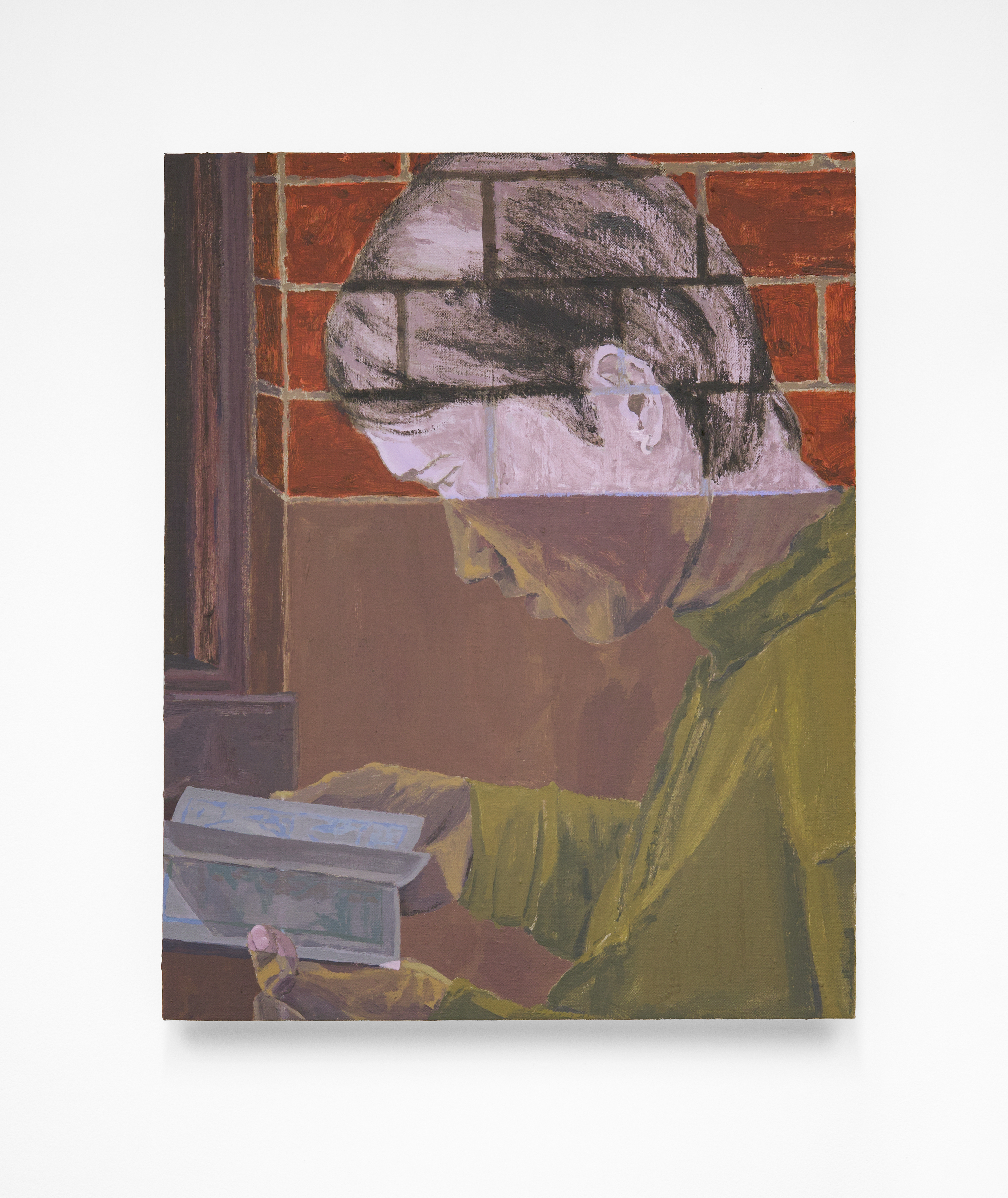






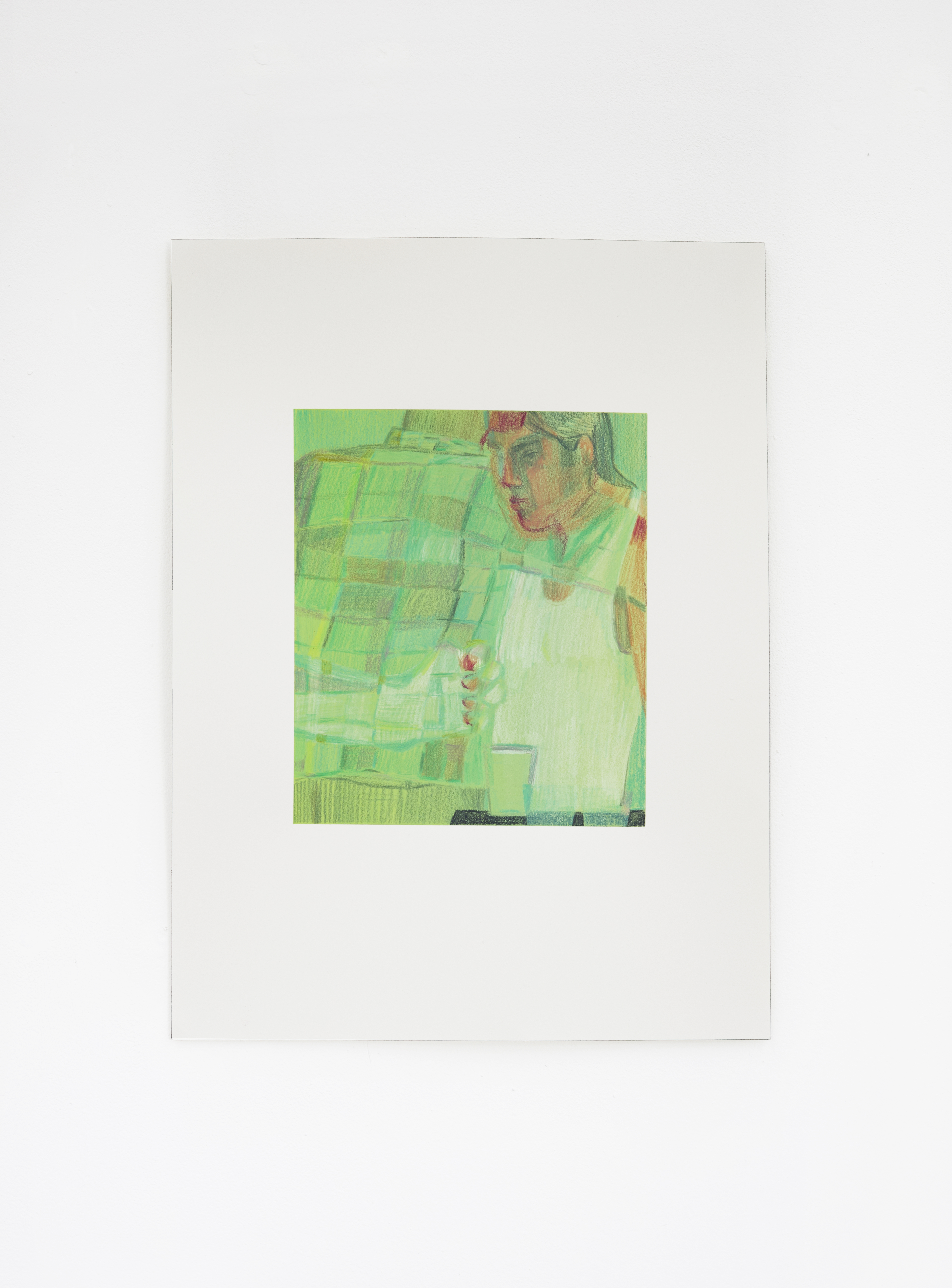

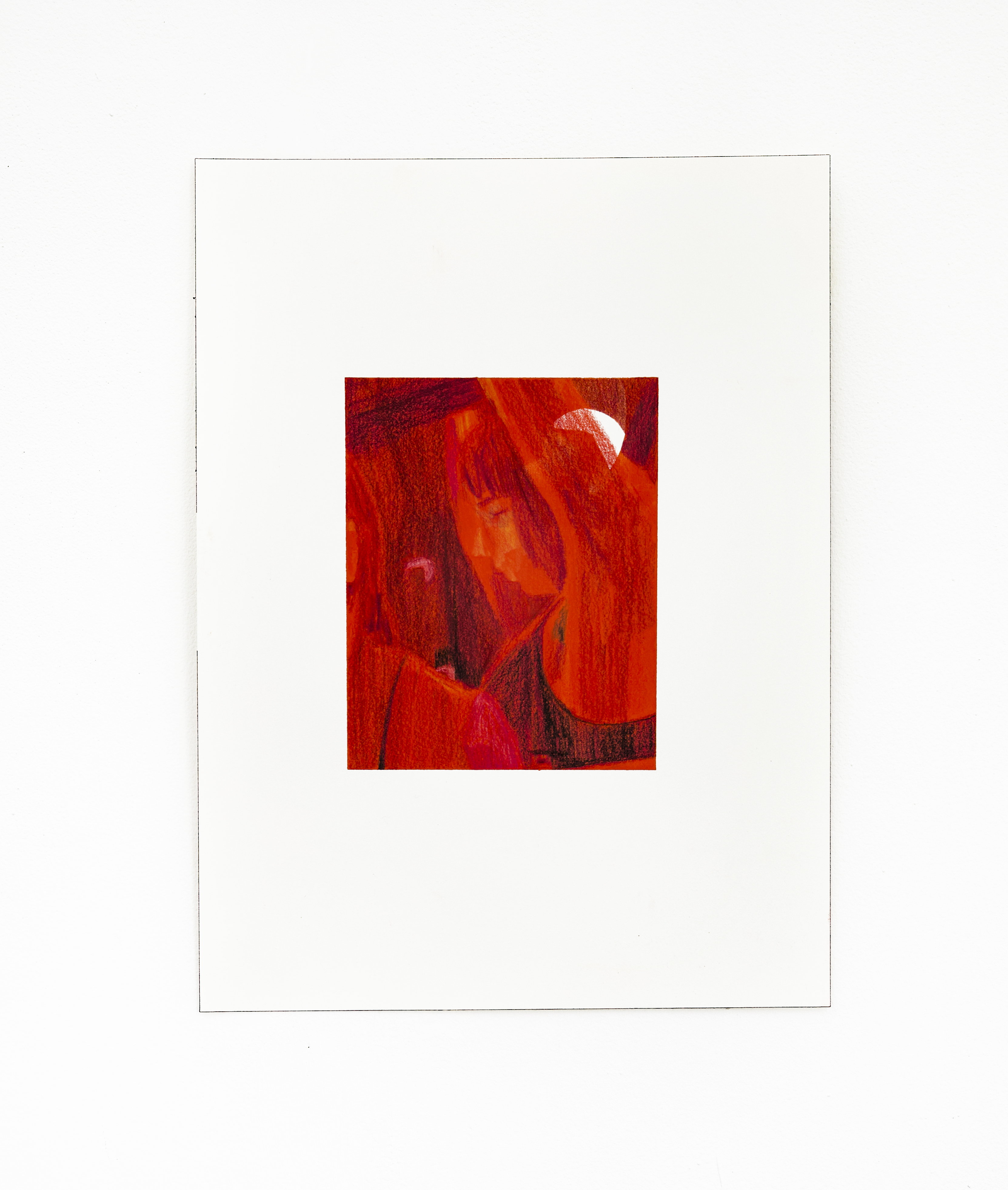
Peeler Gallery, DePauw University
Greencastle, IN
Bright Bones
Solo show
Oct 28-Dec 8, 2024
Documentation by Matthew Pevear
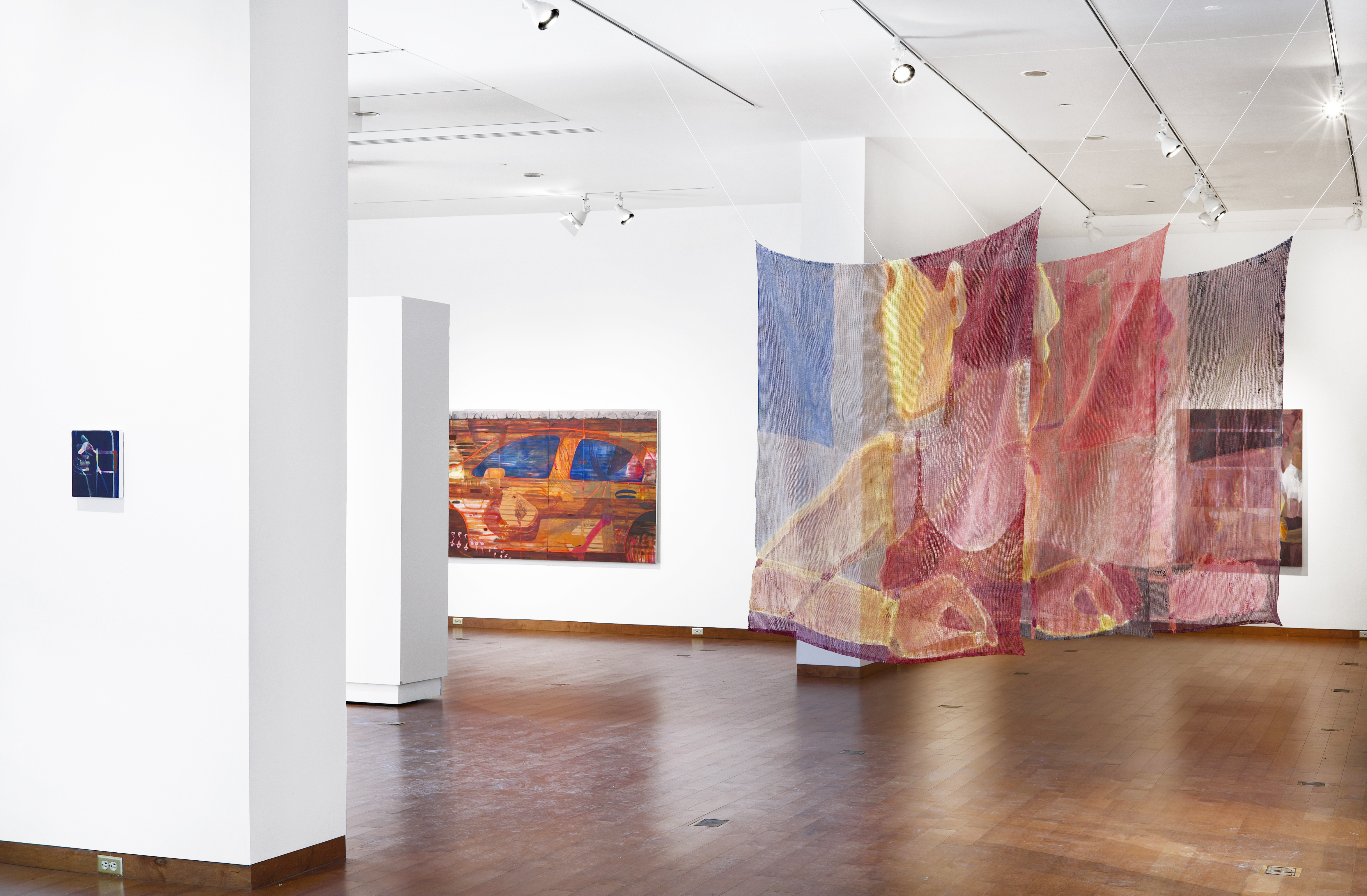
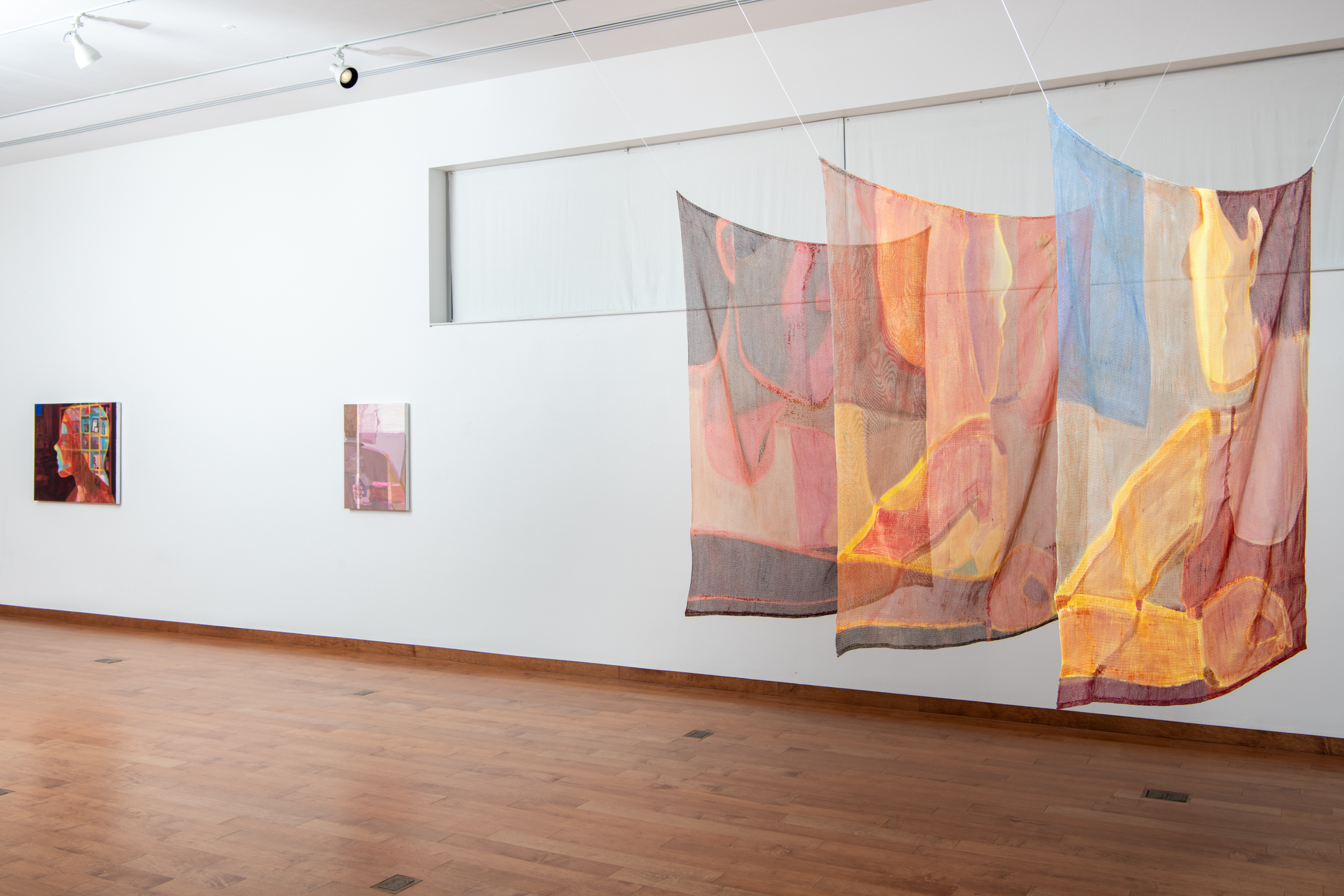






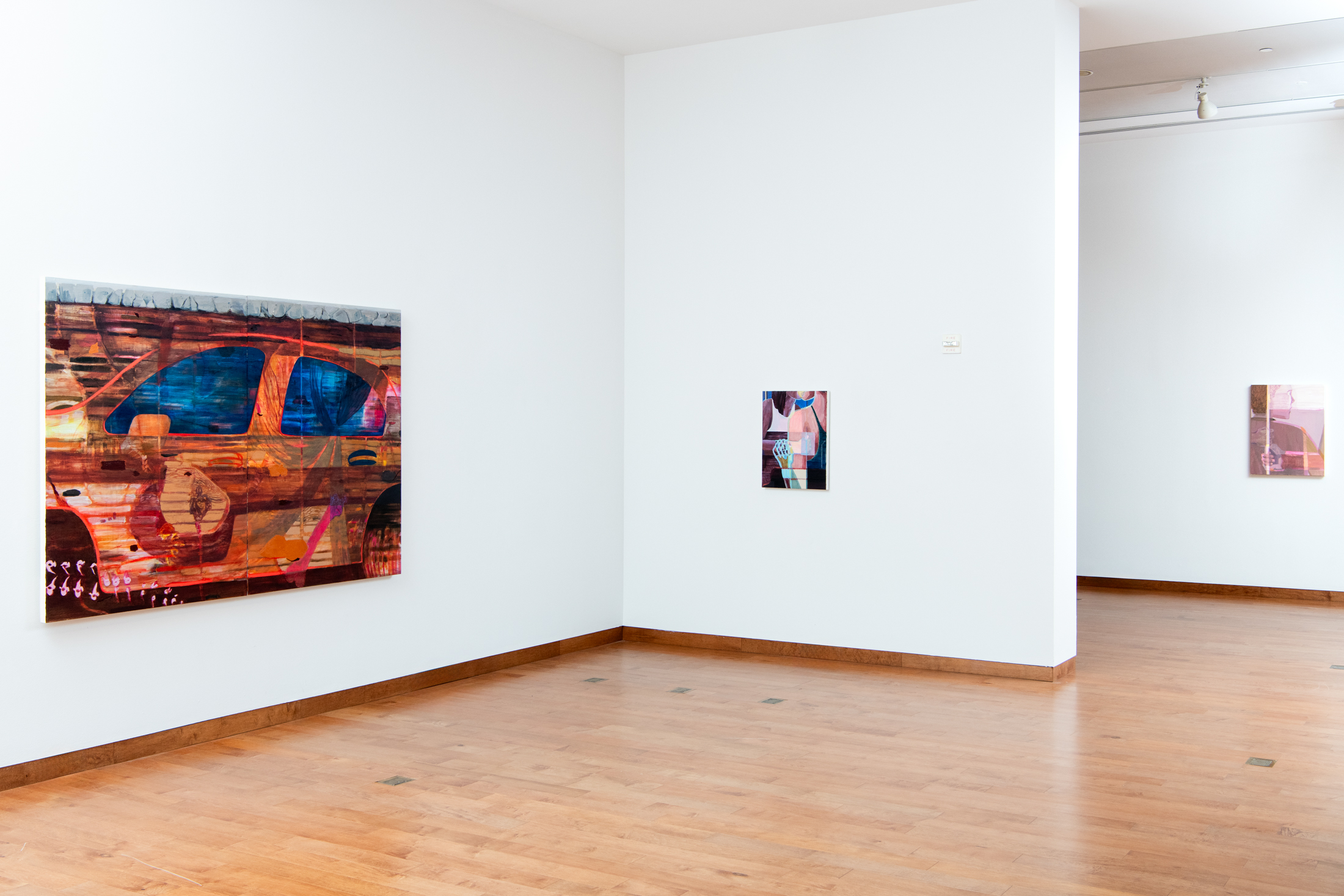


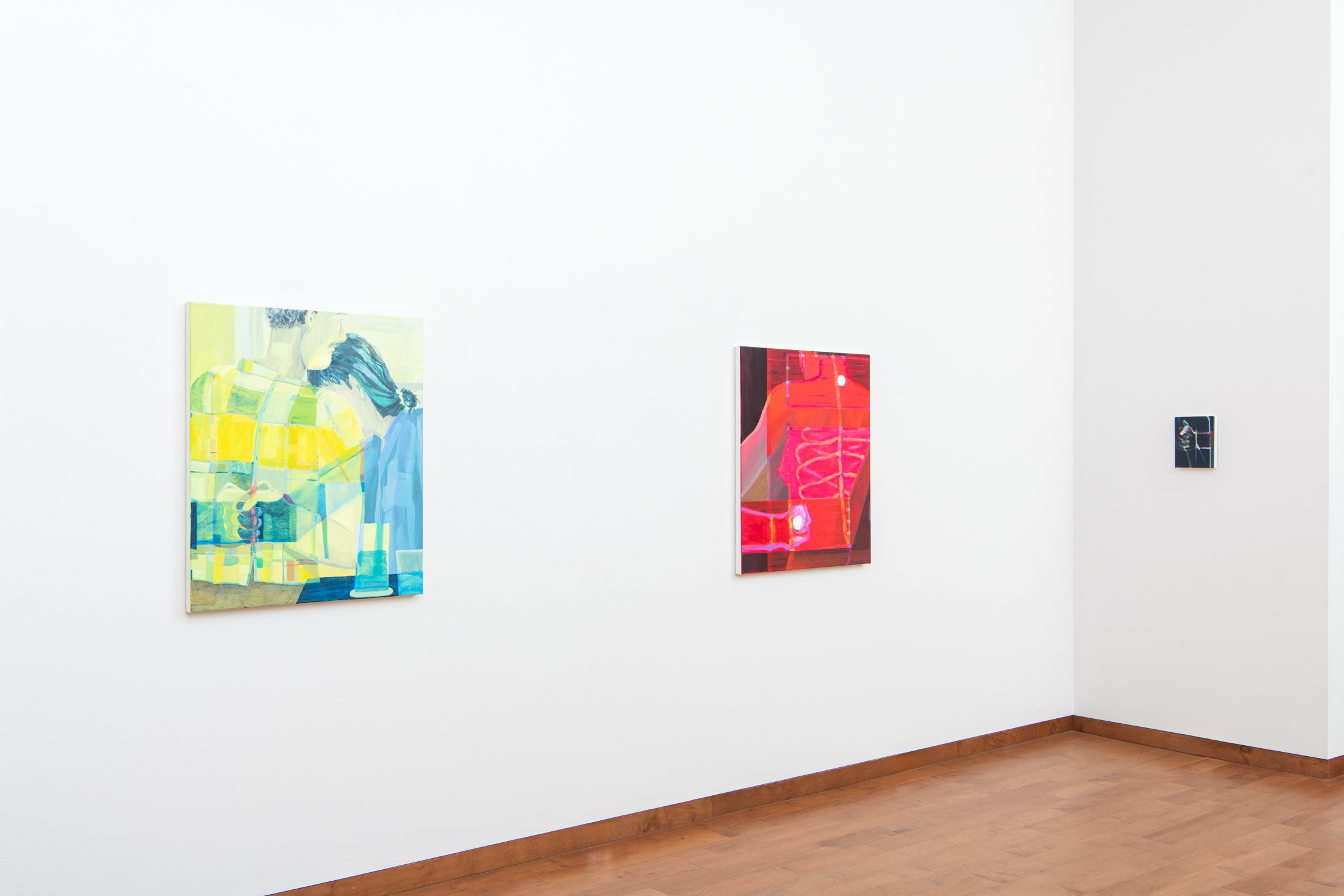

//
Vorfluter Projektraum
Donaustr. 112, Berlin, Germany
Now Sounds
Solo show
June 7-30, 2024

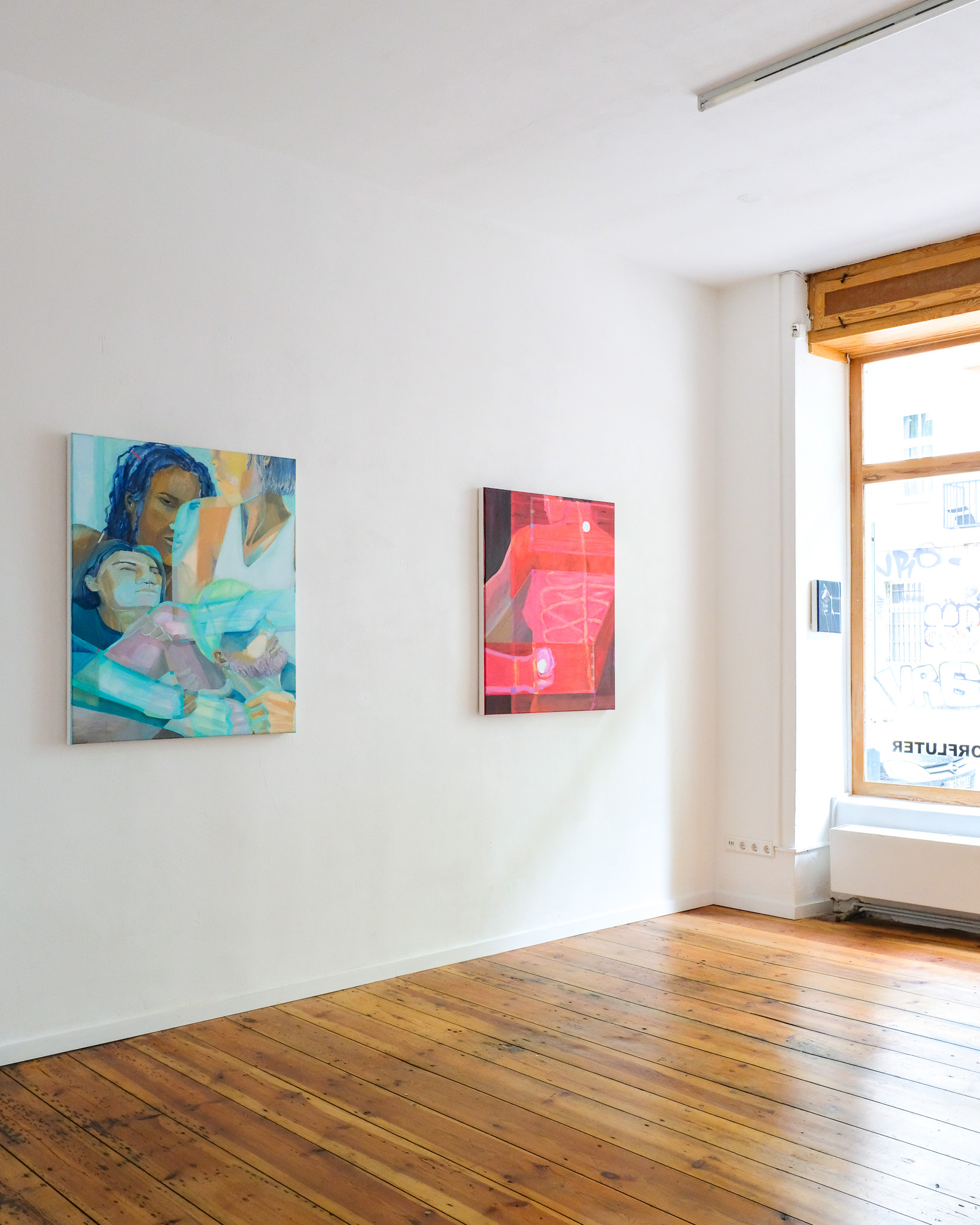
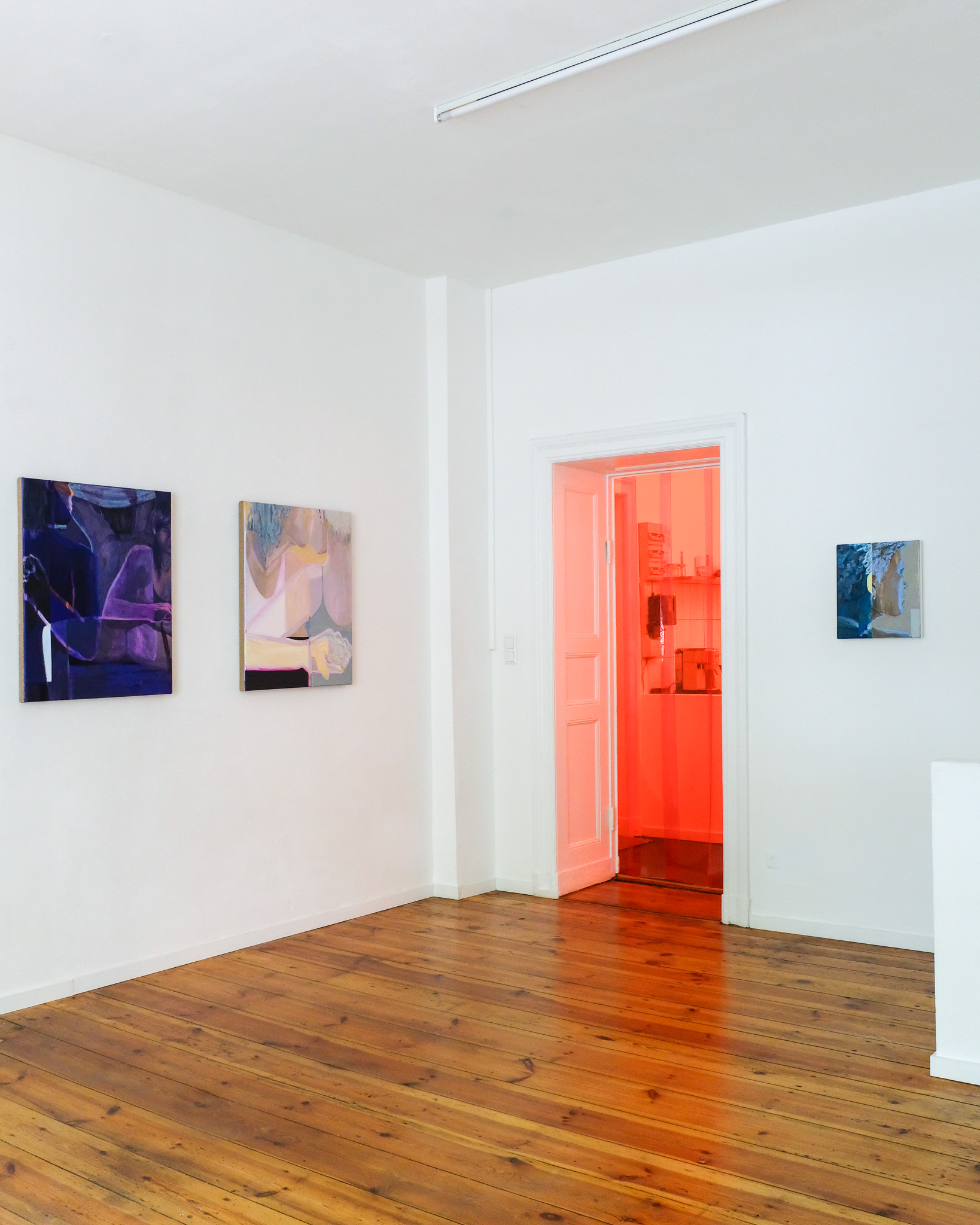
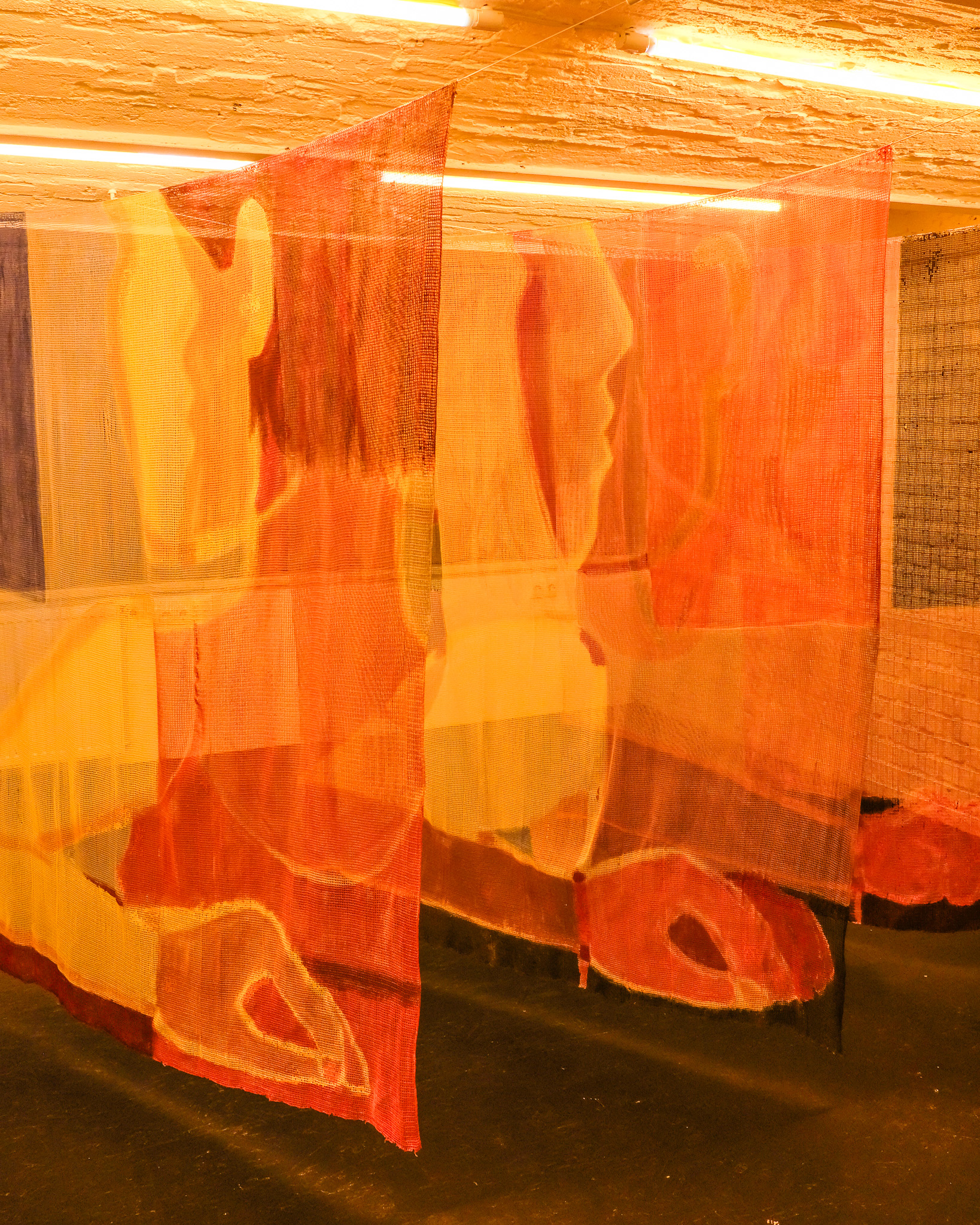

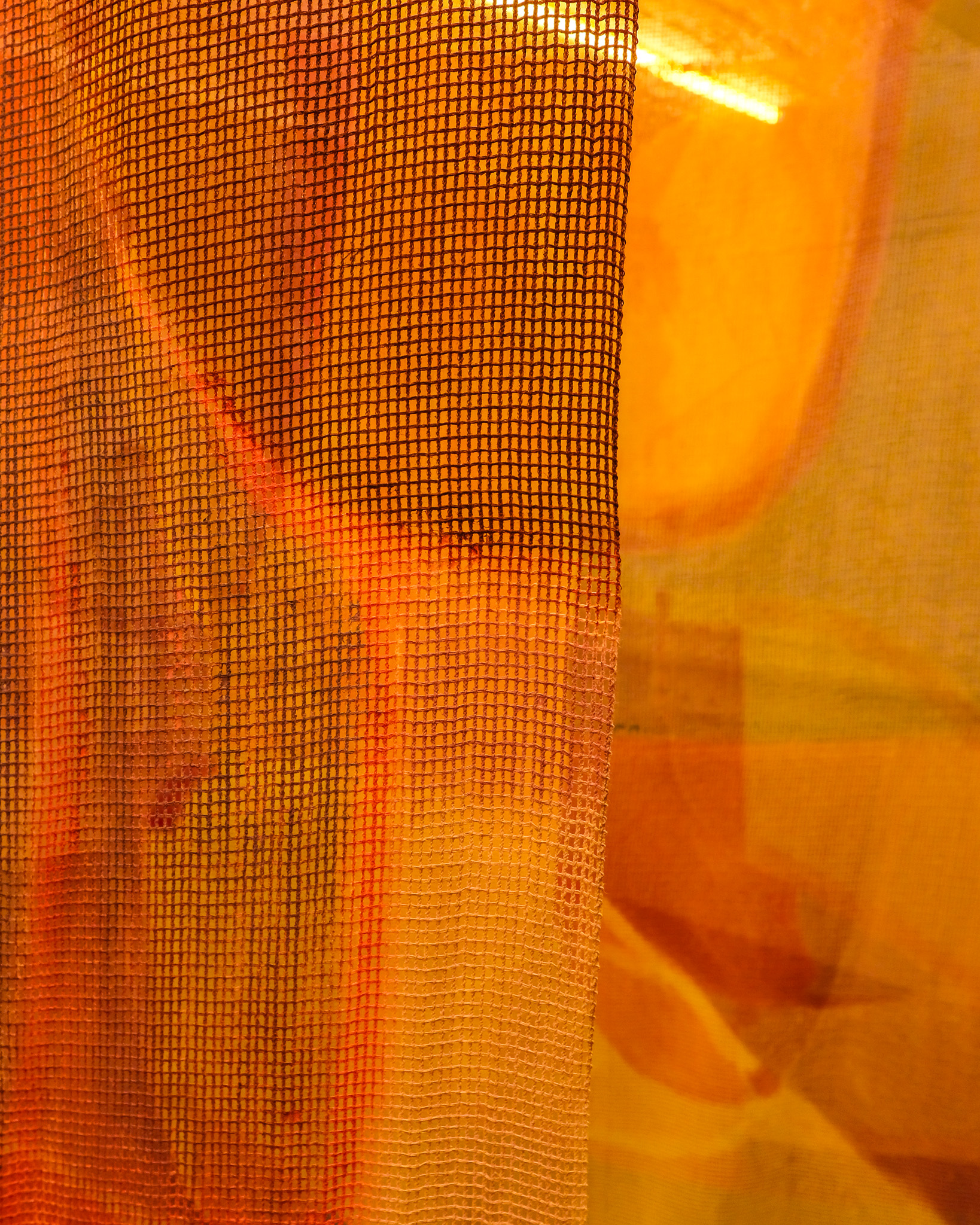
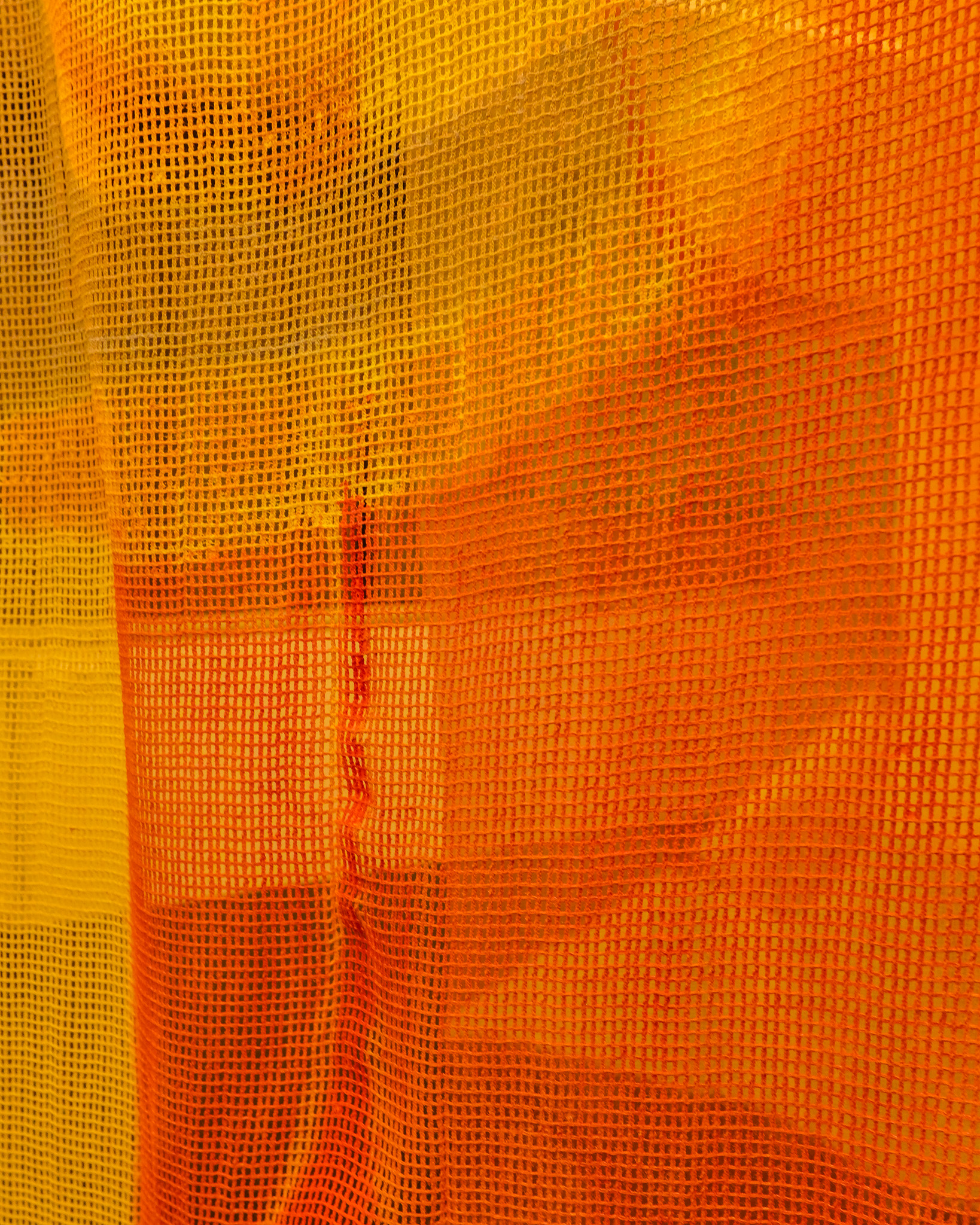
Now Sounds considers the qualities that emerge during moments of intimacy and presence. Through abstraction and figuration, the work highlights interconnection on both a micro and macro scale. The show features work created by the artist since January this year, marking the beginning of her time in Berlin under a DAAD Fellowship in the Arts.
In her book, Meeting the Universe Halfway, feminist and physicist Karen Barad writes about the “intra-actions” that occur when matter meets each other. As opposed to interactions, which occur between two individual subjects, “intra-actions” surface within and between subjects, creating a distinctive energy or presence. Barad is surfing the quantum plane, which experiences matter as a wave in constant flux.
The work in Now Sounds attends to the in-between, imagines what intra-actions look, feel, and sound like. By focusing on the relationships between matter, specific identities lose sharpness. Cups become basic trapezoids, boundaries between bodies rattle and buzz. At the threshold of touch, there’s a shift in texture or color. In Borrowed Body, a chest of drawers lights up the rib cage and spine of the figure, revealing a tender, inner space. An object becomes active, an agent of change.
In capsizing binary thinking between Subject and Object, we deconstruct the walls between Self and Other. In Shell, two figures sit across a table from one another. Their faces and arms overlap in what could be a conversation or a kiss, hands embracing or wrestling. This ambiguity matches what the figures may be feeling themselves. Whatever their meeting entails, they seep and stain across body contours, rubbing off on one another. Loosening the grip on identity makes space for intimacy.
Although the work turns down the volume on the individual (and individualism), it doesn’t erase difference altogether. We live in a world of both/and. While the work takes imagination seriously, it does not live outside certain categories of identity. Naming is useful to communicate differences in experience. And yet, it is not our only power.
Painting has the capacity to host the both/and. Various layers of relationship coexist and battle within a single work. The surface-level read of a painting relays a first impression to the viewer, yet over time, the work reveals other textures and inconsistencies. Like people, paintings hold multiple conflicting qualities under the mask of a resolved surface. Attending to both harmony and discrepancy is the work. This intra-action might be called love.
-- Miranda Holmes, June 2024
Side Notes >>>>>
>>> The Known Parts
In this work I layered a transparent portrait of someone with a bookshelf behind them. We accrue knowledge over time, and that knowledge is both a source of power and a limiting force. We begin to categorize things and filter the world through preconceived notions, assumptions.
The size of each of the boxes in the grid is also the size of the blue window. The unknown outside the window, the night sky, is just as relevant as any "known" we think we have pinned down in our life.
The person reading in the dark background could also be the person in the gridded portrait, or they could be someone they live with. Ambiguity is important in my work; I want the work to be open enough to let a viewer in.
In this work I layered a transparent portrait of someone with a bookshelf behind them. We accrue knowledge over time, and that knowledge is both a source of power and a limiting force. We begin to categorize things and filter the world through preconceived notions, assumptions.
The size of each of the boxes in the grid is also the size of the blue window. The unknown outside the window, the night sky, is just as relevant as any "known" we think we have pinned down in our life.
The person reading in the dark background could also be the person in the gridded portrait, or they could be someone they live with. Ambiguity is important in my work; I want the work to be open enough to let a viewer in.
>>> Chainlink Support Coils
This painting features two people laying next to each other. One person is painted in warm, neutral colors and looking at the person across from them (they are also looking the viewer). The other person has their back turned to the viewer and is filled up mostly with cold, bright cerulean paint. The pattern running across them could be a chainlink fence or a mattress. The ambiguity of whether it's a hard barrier or a soft place mirrors the feelings in the relationship between the people. Is this person able to love? There is some overlap of crimson on the blue person's head and shoulder -- perhaps the warm person is able to slowly melt away the chainlink fence barrier between them.